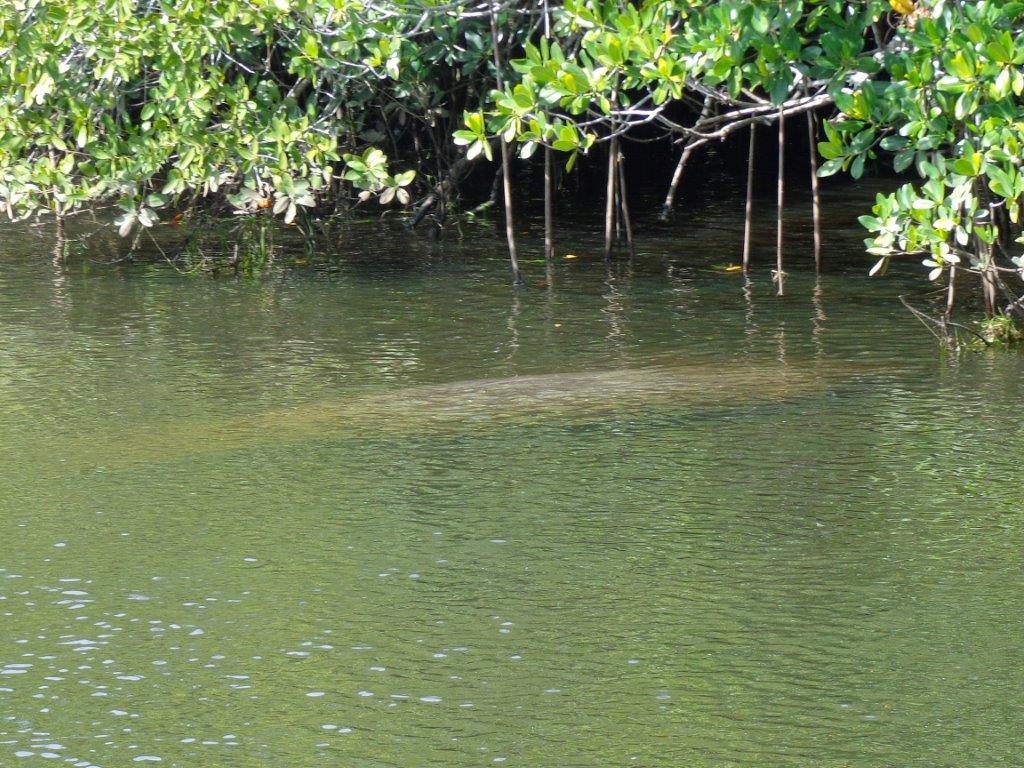Mostly this winter, I have been farther north, in the "humid subtropical" area, which is relatively high and dry, but last week I was in the "equatorial rainforest" area, and now, just a few miles west, I am in the "equatorial savannah" area. This is on the edge of the Everglades. In about 10 days, I will be heading into the deepest part of the Everglades.
In Florida, you do not even have to get out of your car to be a bird watcher! You can see wading birds such as herons, egrets, and ibis along the freeway and even in parking lots! There are whole other populations and types you can see in a very short beach walk.
I've been trying to learn the names of birds I see, and I am getting better at it, although I still mostly do my usual trick of taking a couple of photos, blowing them up on my laptop, and then looking them up in a bird book. Just a couple of weeks ago, for example, I finally figured out how you can tell one big white bird from another. Great White Herons and Great White Egrets apart--the herons have yellow legs, while the egrets have black or dark gray legs! Yea!
Here are a couple of birds I photographed in my campground: the first is a limpkin and the second is a common moorhen:
Also, today, I went to one of my favorite places for finding birds: Ding Darling Preserve on Sanibel Island. Traffic on this crowded island can only be described as horrible this time of year. The preserve takes up at least half the island, so there is not much real estate left, and only one two-lane bridge into and out of the island, plus one two-lane road going in and out. It literally took me an entire hour at 4:00 p.m. to drive the 4 miles to get from the preserve to the bridge to get off the island!
There is a very nice visitor center here and a four-mile one-way road through the preserve for cars, bikes, and walkers.
Sort of like a bear-jam out west, when you see cars stopped, you also stop to see what everyone is looking at. I left my motorhome in the parking lot and rode my bike. Got the ONLY remaining RV/bus parking spot, luckily.
Here are some white pelicans on a sandbar in one of the large pond/bay areas. They are twice the size of the brown pelicans and scoop up their fish meals without diving.
And a Great Blue Heron in breeding plumage.
This gorgeous guy is a yellow-crowned night heron!
One of the hardest things is to identify juvenile birds. It took several of us on the trail with bird books to figure out that this was a juvenile yellow-crowned night heron. A lot of bird books only show adult male birds. It took looking at his body shape, beak and his yellowish legs to finally match him to a picture in a larger book that had photos of all stages and sexes of this bird species. This baby was very patient while we did this and held still for a lot of photos.
This is a little blue heron. He is quite dark and about half the size of the great blue heron.
On the way out of the drive through Ding Darling, I stopped at a display of information on the shell middens that was near here, accessible via a boardwalk. Shell middens are built up over hundreds and thousands of years of people eating shell fish and tossing the shells down. Many native tribes in this area used the slightly higher shell midden hills on which to build their homes, so this area has lot of artifacts.
Unfortunately, nearly all the shell middens in Florida from ancient peoples were mined for road "gravel" or bull-dozed for housing developments.
And this was the base of one of the middens showing how it is made of shells.
I rode my bike to the nearby beach, which was not particularly spectacular, but on the way found some workers cutting down and hauling out these logs. Could not believe how red they are in the middle. I asked and was told these are Norwegian Pine and I was welcome to help myself. Obviously could not do that on my bike!!























































